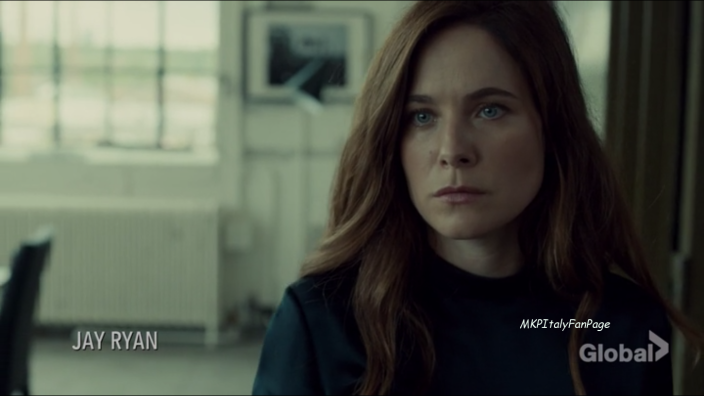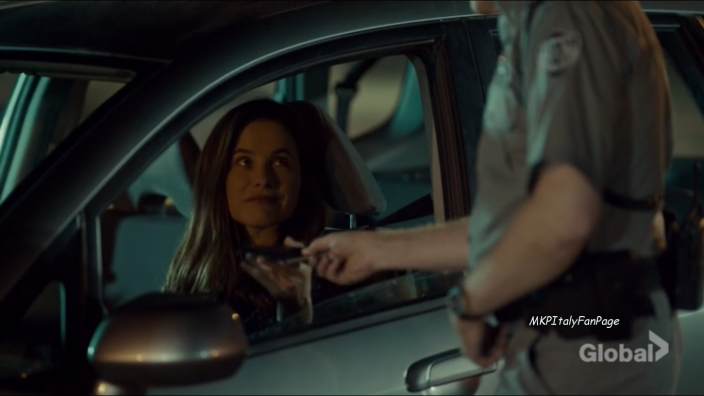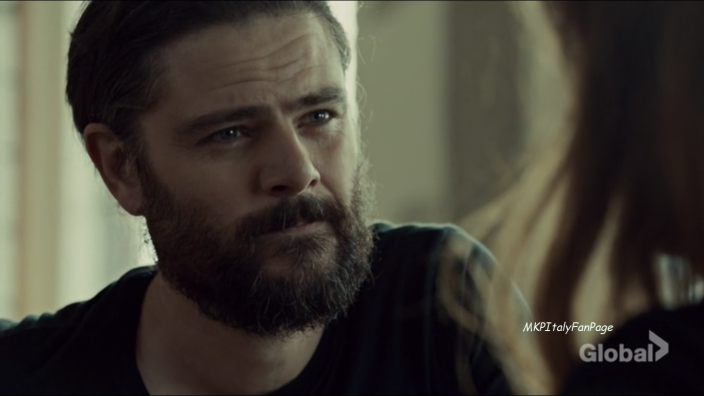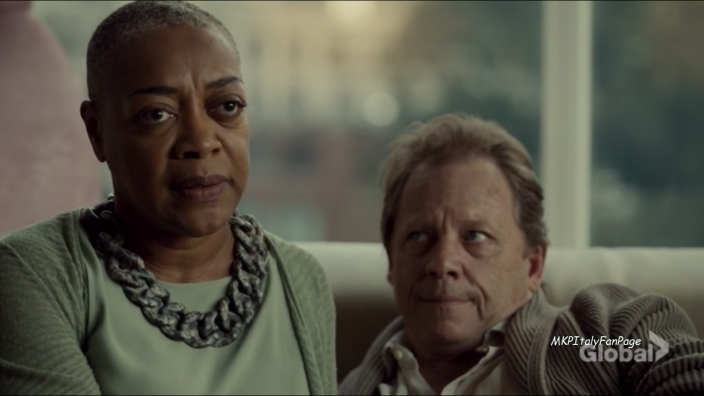Mary Kills People – The Means
The first season of Mary Kills People sensitized the audience, for better or for worse, on the “end of life” conflicting themes, rights and choices of terminally ill people, emphasising the inevitability and the imminence of the departure and the opportunity to face it with dignity.
The second season takes those conflicts generated during the first one and pulverizes them within the opening minutes of its premiere.
The strong perception that we had during the previous season, strengthens into certainty in this one.
Mary Kills People stands as one of the most original and valid products in the current TV productions landscape, for its contents which force a new definition of the word entertainment and how such contents are narrated for, with a combination of literary and directorial qualities and the acting talents so hard to match.
“A friend once told me that life can make you strong or it can break you. There is not much in between. “

Mary knows something about how you must be strong not to be broken by life.
Just eight months after having extraordinarily unraveled the complex affair that saw her at the centre of the police investigation, close to being indicted and a victim of the threat that Grady represented, we find her intent on her usual business.
Intent but alone.
She has to be. She needs to be for her trip to Mexico to get her Pentobarbital, facing all the risks, from contacts with underworld to customs controls.
Alone she is ready to face one of the most complicated cases she ever faced.

Des is back and he wants and needs to get back on with their business, though it’s soon crystal clear for our Mary that she is once again, unfailingly, alone.
The Des who has returned to Mary’s life after 8 months is not a new or different Des. It was obvious in the first season that there were signs that showed us a Des animated by solid moral sense. Solitude, silence and prison, have rather given way to enlighten those aspects of his personality which he so lovingly and brilliantly managed to hide through his sarcasm and irony.
Bravo to Richard Short who knows how to permeate the character of Des with a number of nuances impossible to find in any script.

This time, however, there is no space either for irony or for sarcasm. Des’s moral qualities are forced to show themselves, roaring, at the first opportunity.
Victor is a terminally ill man, though, Mary warns him:
“Betty and Victor want to die together.”
It is all here, disruptive and overbearing, Mary’s revolution.
This brilliant storyline immediately shows us the villain of the moment – such a villain! Rachelle Lefrevre is so at ease in Olivia’s shoes that she seems to have always been there in the shadows.
The clash between Mary and Olivia promises to be one of those not to be forgotten. The preview on Olivia’s doorstep is a captivating taste of what history will reserve and we are all intrigued.

However, what makes Mary Kills People a provocative and revealing series, undoubtedly raising the bar with respect to the first season, is not on Olivia’s threshold but rather at Victor and Betty’s.
Listening to Mary and Des debate the issue, we are all, inevitably and very strongly, with Des. What he says is true because he evidence shows that he is right, when he expresses his moral scruples for example, reflecting on Betty’s situation and when he lays risks for them.
He is right because it is simple; Betty is not dying therefore Betty must not die.
So, does Mary really think and act like a criminal?
Was Frank right on the phone with Ben and she’s just a psychopath who enjoys others’ death?
We know this is not the answer. We know there is more.
Dark, difficult to understand and perhaps even more difficult to justify but we know there is more.
“Maybe one day, scientists will find a cure for dying and we can live forever.”
Cambie’s words are singular. Intuitive even if unaware. Revelatory for those who want to pry Mary’s intimate thoughts and find a reason for her choices, her decisions, her actions.

Betty is not a suicidal aspirant. She has lived a happy life next to her Victor and does not want to live without him.
Des called her a “Perfectly healthy individual who happens to be a bit sad.”
“We should not be the ones to decide that Betty’s suffering is any less than Victor’s.” Replies Mary
“But he’s dying! She’s not. “
“Suffering is not always physical.”
This exchange between Mary and Des at Victor and Betty’s house redefines meaning and value that Mary gives to what she does.
“I have no interest in any life without my husband.”
Betty’s statement is simple, decisive, has no hesitation nor, as we know, second thoughts. This wonderful characterisation is given to us by Karen Robinson and thank you to her for making us cry, for reminding us so much that Betty’s life was happy. A life less than happy would now be unacceptable to her.

For Mary it is the memory of that girl, the daughter of a sick woman who is sick of unhappiness.
“Suffering is not always physical.”
We always knew her thoughts, she never hid it, never.
Mary is a doctor but she wants to be more. She wants to be for her patients what she felt she has not been for her mother, able to make her happy.
Death is not only the means to accelerate the end of those who have remained in nothing but physical pain.
Mary accepts death as an instrument to give meaning to life when life no longer has one.
After all, to be called Life, it must make sense.
Sometimes it seems an unrealisable utopia, a life in which everything is perfect.
Sometimes you struggle, as Mary does everyday, to give value to what you have.
Sometimes it has been so much that anything else would debase what has been.
For Betty the choice redefines dignity, in living, not only in dying.
“Maybe one day, scientists will find a cure for suffering and we can all live happily.”
So champagne and pentobarbital become a modern hemlock that heals Mary’s patients from the illness of life.
It’s right? It’s wrong? Is it shareable? It does not matter for now.
We are not in a hurry to understand, nor right to judge.
We are here with Mary, ready to take her by the hand and go where she will lead us.
“In 100 years, they’ll look back to now and say that the most popular form of torture was refusing to let people die.” (Morgan, from Mary Kills People, Season 1 Episode 5.)
Federica
Edited by Lisa

